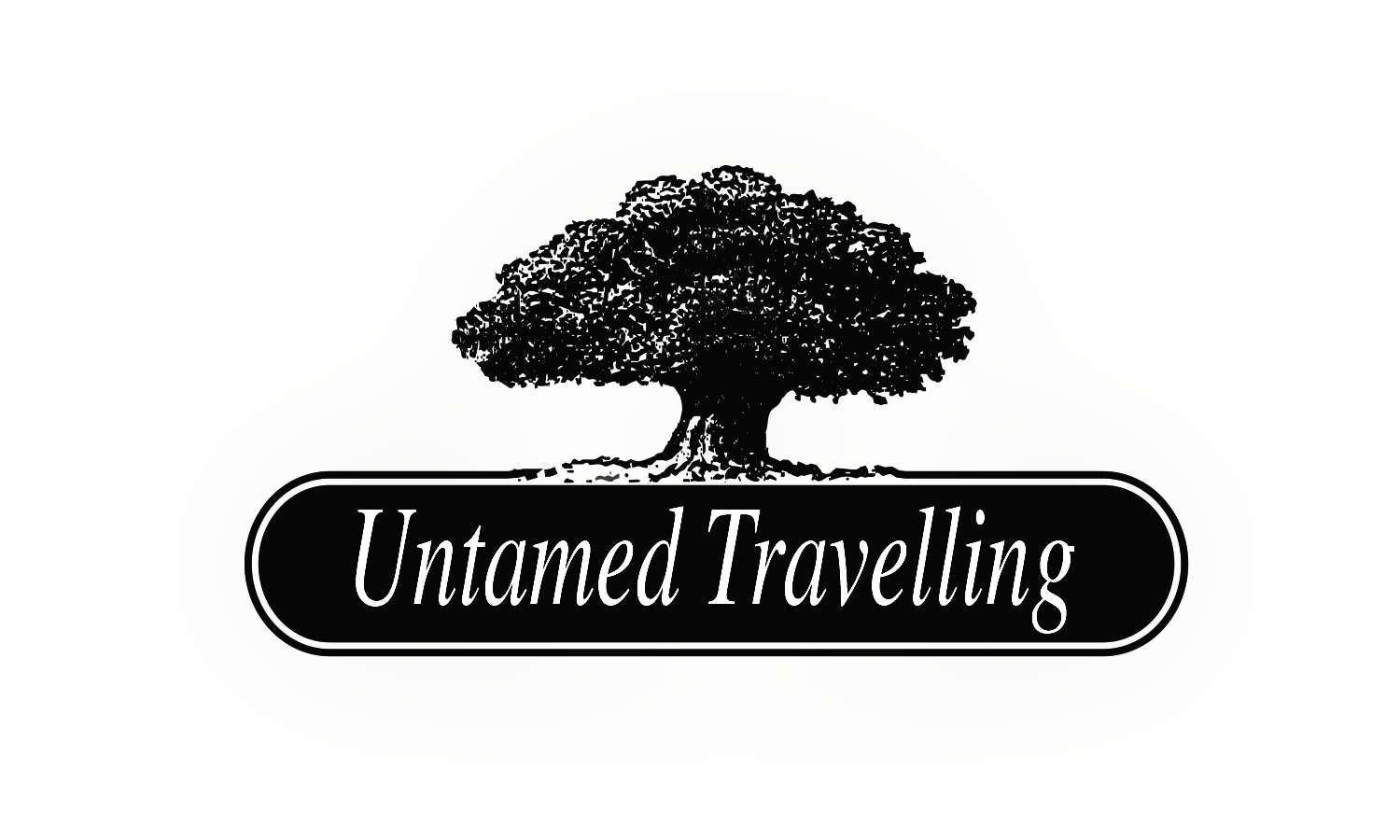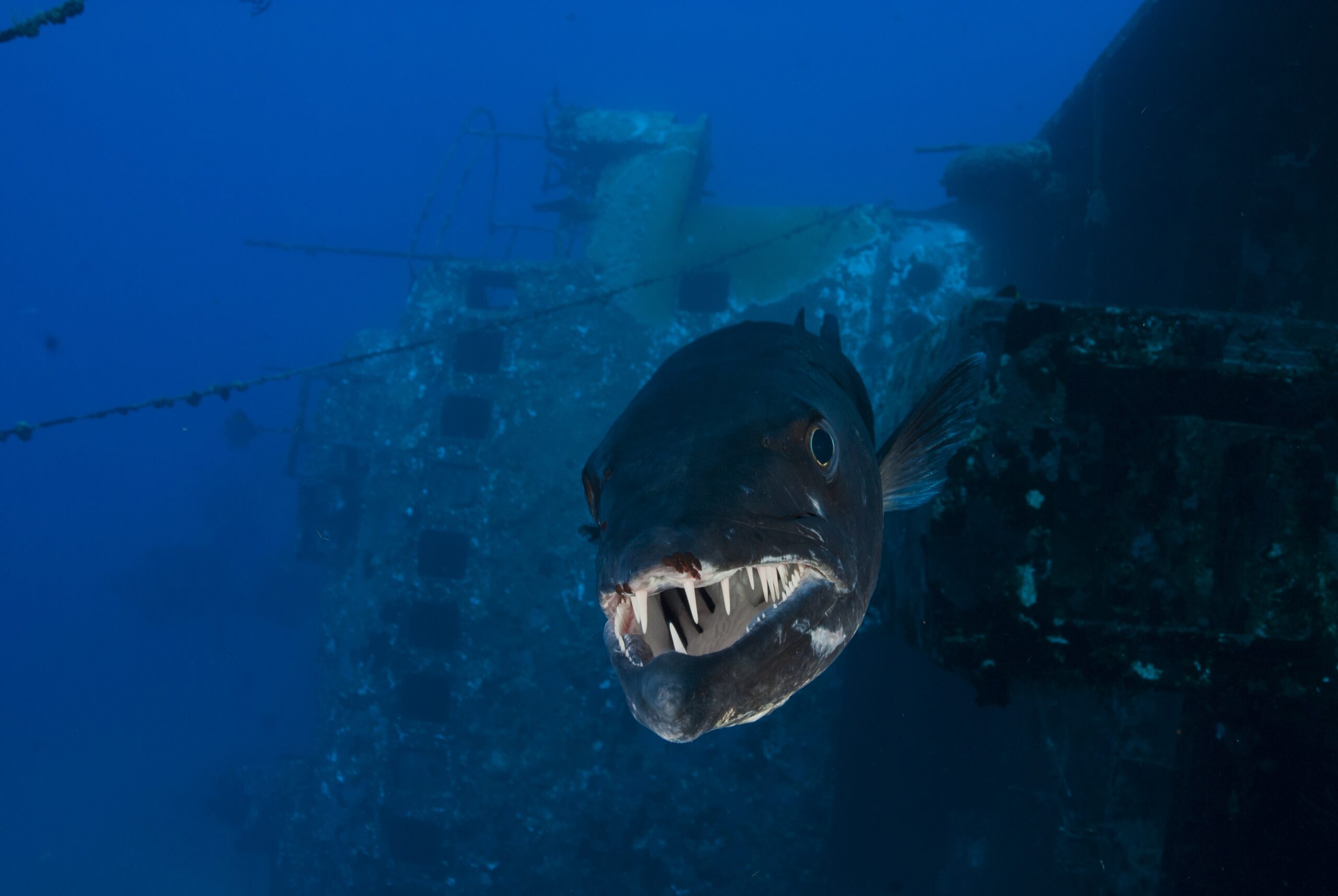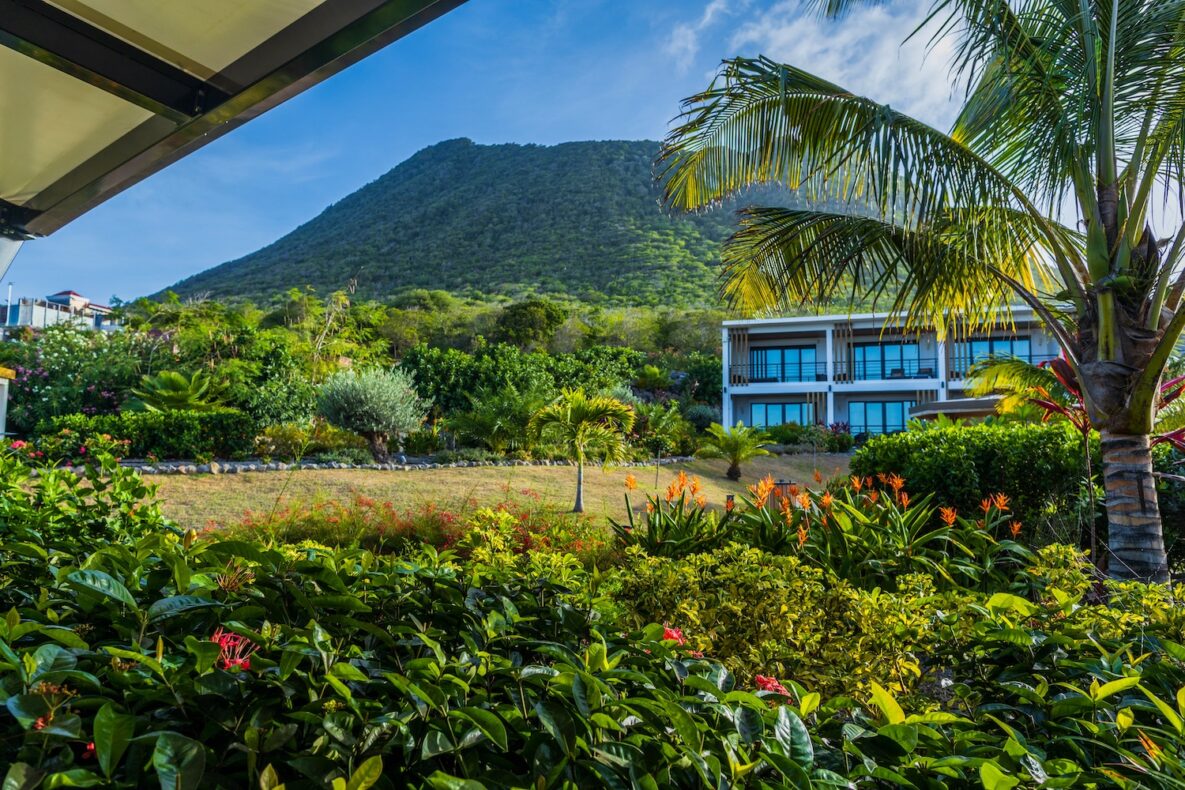The Golden Rock
If you are looking for tranquility, you will find your nirvana on the barely discovered St. Eustatius. The rocky volcanic island is still pure and unspoiled and has phenomenal dive sites and challenging trails. It has one city and that is also the capital. Oranjestad is subdivided into a lower town located at the waterfront and a high-altitude upper town. In the upper town it is lovely to stroll around among the historical monuments; in the lower town, ruins still bear witness to the warehouses and places of entertainment for shipmen.
More goats than people
Statia was nicknamed "The Golden Rock" in the 18th century, at the time the world's busiest seaport for cargo transport between Europe and the American colonies and a tax-free paradise for the Dutch. Slaves were also traded on a large scale, serfs who were paid with "blue beads," beads made in Amsterdam that the VOC used for trade. Allegedly, slaves threw these Blue Beads into the sea after the abolition of slavery to celebrate their freedom; artifacts of significance that are still sporadically found on and around the island.
In 1796, the French took over Statia and introduced taxes that drove out merchants and reduced the population from 30,000 to 3,100. Reclaimed by the Dutch state, the borough with a total area of 21 km² and more goats than people is today an attraction for nature lovers. For hikers who want to conquer the dormant volcano the Quill and for divers who want to discover the vibrant underwater world full of dazzling reefs, rusting wrecks and relics of the Lower Town. Where the world can't find you....










